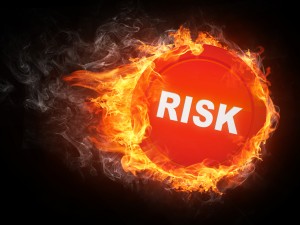Any parent knows that having a child can be a handful, and you are constantly worrying to make sure that they are safe. Many remember Smokey the Bear and his fire safety tips, but how else are parents to explain what to do in case of an emergency? First, you need to make sure you are doing everything you can to prevent fires from happening. Fireplaces and chimneys have routine checklists that need to be followed up on, including annual cleanings and inspections.

Although no home is 100% fireproof, there are preventative steps homeowners can and should take. One of these is annual inspection of your chimney.
It is important though that kids understand the dangers of fire. Kids are naturally fascinated by flames and smoke – make sure they know it is more than pretty and warm. Children need to know that they cannot put objects in or near the fire, as well as put themselves too close. The ashes that follow are not to be played in as they can contain chemicals that can be harmful to children. Lastly, make sure children know what you use to start fires in your home, such as lighters or matches, are not to be used as toys. It is up to parents to keep these items out of reach for young children.
If your child does come in contact with fire, there are a few things they should know. If they are in a room with flames nearby making the room fill with smoke they should get as close to the floor as possible and crawl to the nearest exit, covering their mouth with a light cloth is possible. The only way kids will know how to exit is if your family develops and practices an escape plan. If the fire comes into physical contact with them, make sure they know the famous stop, drop, and roll method.
Knowing how to escape from fire is just as important as knowing how to behave around it. Families should develop a plan to escape the house in the event of an emergency and a common point to meet when out of the home that is far enough to be safe in case flames spread. Make sure the plan has two exits from each room in case one is blocked, and review what the smoke alarm sounds like with children. Inform them of the job firefighters and not to be afraid of them. Doing routine drills for practice, especially with the younger children, will reinforce proper behaviors and could potentially make a real emergency easier.
